Fantails are small birds that live in Australia, Asia, and the surrounding islands. There are at least 48 different species of the fantail, all in the genus Rhipidura, and the Rhipiduridae family. They have long tails, which they spread out like a fan to attract a mate.
Fantails are incredibly skilled little predators, and while hunting they snatch insects right out of the air with expert precision. Read on to learn about the fantail.
Description of the Fantail
These little birds are rarely larger than seven inches long, and the largest species grows to a maximum of eight inches long. Their tail makes up most of their body size, and in many species the tail is actually longer than the body.
While their body shape and size are relatively consistent across the various species, their colors can be quite different. Some species are gray and brown, others solid black, others bright yellow and brown, just to name a few.
Interesting Facts About the Fantail
There are many different species of fantails, and while they share some characteristics, each bird is unique. Meet a few species of fantails below.
- Willie Wagtail – Willie wagtails are the largest species of fantail, but not by much! Their maximum size is just over eight inches long. These little birds are incredibly feisty. While defending their territory, they will dive bomb and attack the much larger kookaburra, and even birds of prey!
- Friendly Fantail – Friendly fantails are charismatic little birds. As you may have guessed, they are far from shy. This species approaches people quite readily, giving it the name “friendly” fantail.
- Palau Fantail – Palau fantails are some of the more colorful members of the family. These little birds are a dark red color, and their black tails also have red tips. They live on the island of Palau in Micronesia.
- Rufous Fantail – The rufous fantail lives across much of the Australian coast, and many of the surrounding islands. They are relatively widespread, and because of this there are a number of different subspecies of rufous fantail. In fact, researchers believe that there are over 18 different subspecies!
Habitat of the Fantail
Most of the different species of this bird live in similar habitats and ecosystems. Different species have different habitat preferences, but many species share similar habitats.
The vast majority of fantails primarily use tropical rainforest. They also live in swamps and mangroves, deserts, urban areas, and farms. Some species are pickier with their habitat, and only live in areas untouched by humans. Other species are more flexible with their ecosystems.
Distribution of the Fantail
The various species of fantails are spread across Australia, Southeast Asia, parts of India, and a variety of western Pacific islands. That includes Indonesia, the Philippines, Polynesia, New Zealand, and more.
Their specific distribution depends on the species. Some species are widespread, while others live on a single isolated island.
Diet of the Fantail
Across the board, these birds are insectivorous, or insect eaters. They capture most of their prey on the wing, and the birds are incredibly skilled at flying and snatching insects out of the air.
Some species stand on a perch and wait for prey to come close enough to swoop down on it. Other species flush out insects by hopping through the bushes in search of their quarry. They feed on everything from flies, mosquitoes, moths, and beetles, to spiders, centipedes, and other terrestrial insects.
Fantail and Human Interaction
Human impact varies drastically from species to species. Generally speaking, those species with wider distributions usually have healthier populations.
While species restricted to one or two small islands typically have smaller populations that humans impact more drastically. Habitat destruction is their primary danger, and some species have stricter habitat needs than others.
Domestication
Humans have not domesticated fantails in any way.
Does the Fantail Make a Good Pet
No, fantails do not make good pets. In many places, and with many species, it is illegal to own one as a pet. Though they are small, these birds are active, and need plenty of space to hunt for prey.
Fantail Care
In a zoological setting, fantails fare best in larger aviaries with lots of different perches and plants. These small birds are extremely active, and some zoos even describe them as “hyperactive.” This means that giving them lots of space to fly is incredibly important.
They thrive on a diet of insects, supplemented with insectivore diet. As with any animal, the species and the individual have different specific care needs.
Behavior of the Fantail
Researchers have not been able to thoroughly study every species of fantail, but they appear to be quite similar in behavior. They are quite active birds, and spend much of their time zipping around searching for food. While in flight, they fly fast, and change direction even faster! Most live alone, or in pairs.
Reproduction of the Fantail
Pairs of fantails choose a territory, preferably with plenty of places to forage for food. Both the male and the female work together to build the nest, incubate the eggs, and care for the chicks.
Just like hummingbirds, these small creatures use spider webs to hold their little nests together. The number of eggs laid, the incubation period, and the amount of time it takes for the chicks to fledge varies between species.

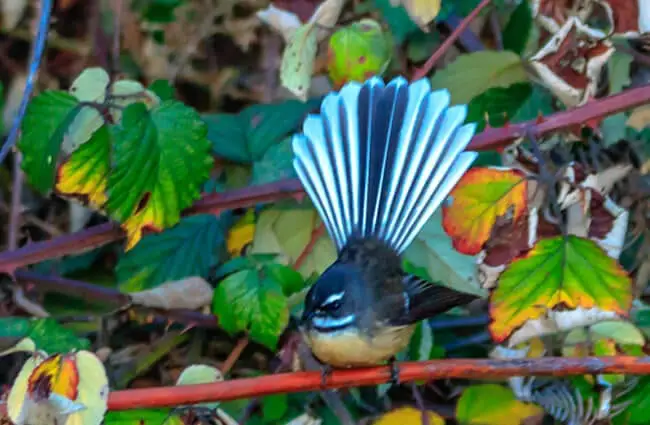
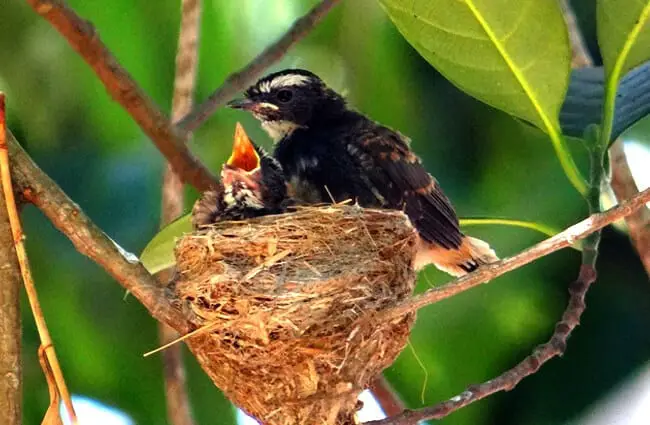
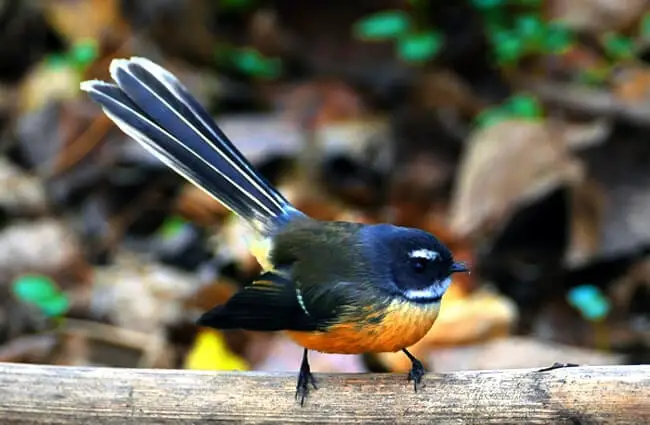

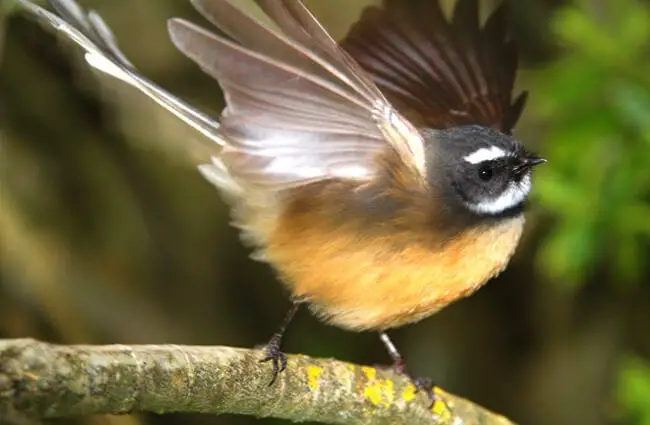
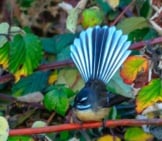
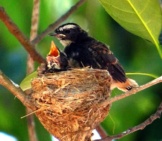
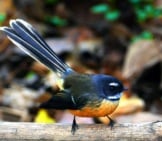
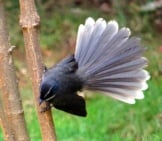

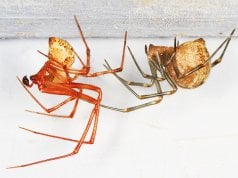
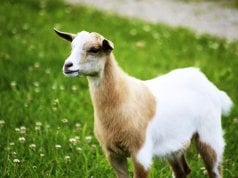











![Red Angus Closeup of a beautiful Red Angus cowPhoto by: U.S. Department of Agriculture [pubic domain]https://creativecommons.org/licenses/by/2.0/](https://animals.net/wp-content/uploads/2020/03/Red-Angus-4-100x75.jpg)

